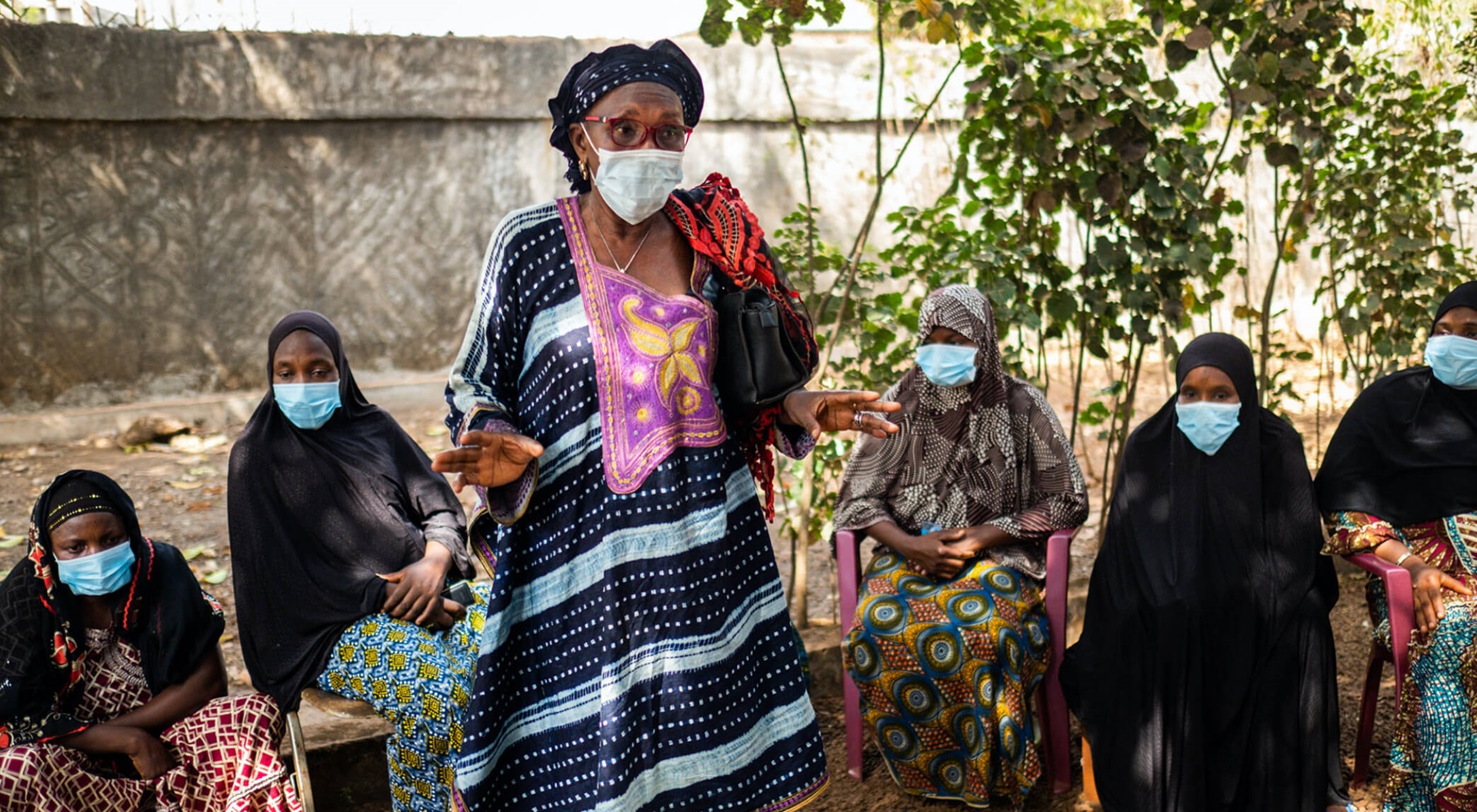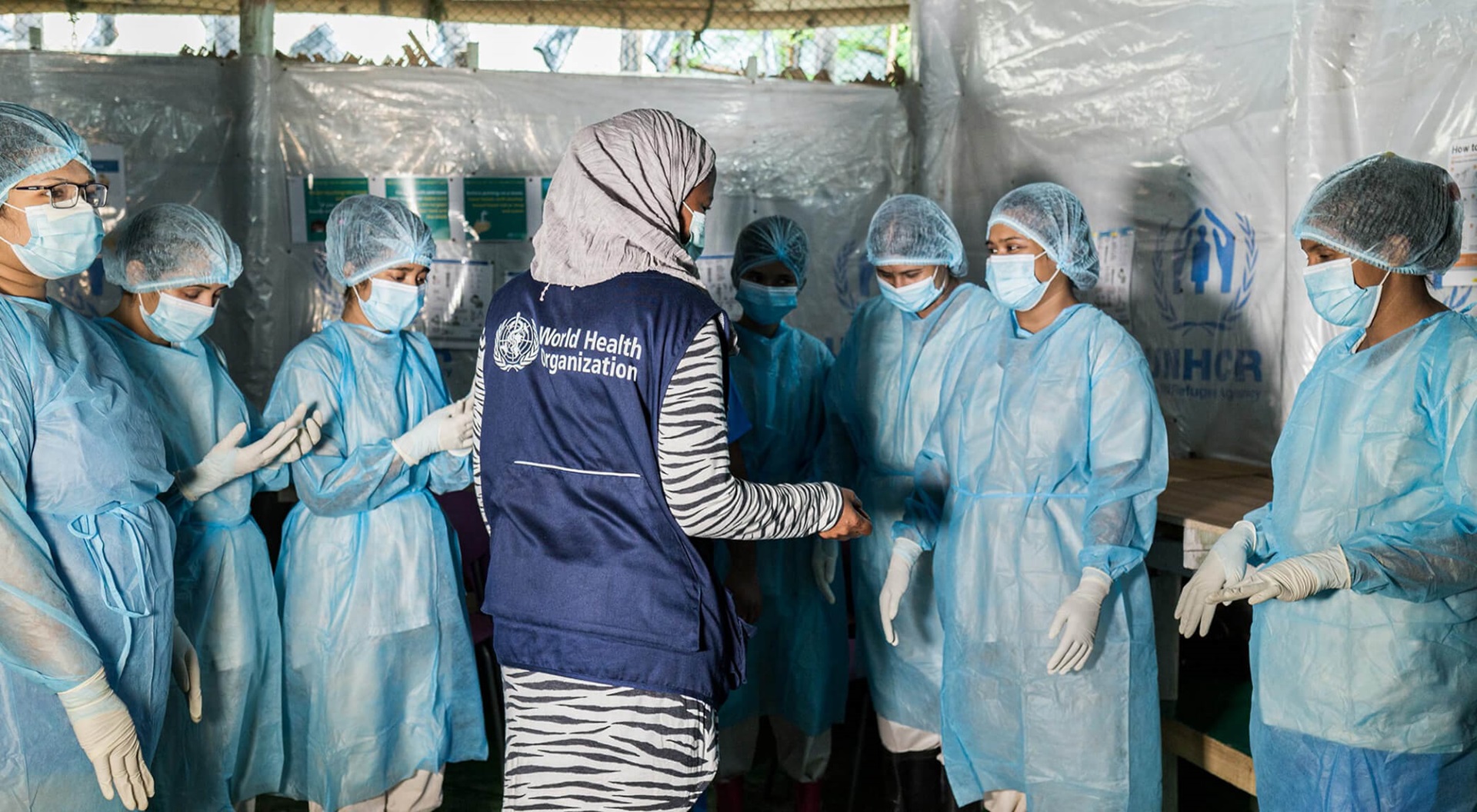New technologies can strengthen detection, but investment is essential to maintain capacities built during the COVID-19 response
Detect
Early detection, rapid risk assessment and clear communication are the foundations of an effective response to any health emergency. At global level, rapid detection and investigation of COVID-19 demonstrate the progress that has been made by WHO in public health intelligence, and funding for the COVID-19 response has enabled WHO regional offices to strengthen health emergency information management more broadly by introducing public health surveillance tools such as District Health Information Software 2 and the Epidemic Intelligence from Open Sources system. This extended capacity provides a platform on which to build the global capacity necessary to detect the emergence of a health emergency and then monitor and guide the subsequent subnational, national, regional and global response.
Expansion of the Epidemic Intelligence from Open Sources system broadened the scope of global public health surveillance and also streamlined and shortened the time required to validate and assess alerts. The system enabled WHO to sift through hundreds of thousands of potential signals every day in 2020, of which over 26 million were related to COVID-19. Funding for the COVID-19 response also enabled disease surveillance systems that record not only disease outbreaks in human populations but also information on potential risks at the human–animal interface (One Health) and signals related to climate change, industrial hazards and conflicts.
In all, WHO undertook 41 rapid risk assessments during 2020. But WHO’s role in public health intelligence extends far beyond initial detection and validation of signals to continuous monitoring of emergencies and their risks as they evolve over time. During COVID-19, continuous surveillance and monitoring at global level allowed detection and assessment of variants of concern, partly by adapting and leveraging influenza genomic surveillance networks, and continual reassessment of the appropriate public health and social measures for the evolving epidemiology.
Continuous public health intelligence and monitoring are equally important for operational management of more discrete subnational and national emergencies. WHO augments national capacities for emergency response by deploying standard tools and systems such as the Early Warning, Alert and Response System and Go.Data. In some countries, these tools were already being used to support national surveillance capacity for other health emergencies and could rapidly be adapted to the new pandemic.
One of the key challenges beyond COVID-19 and one of the greatest opportunities to shorten the time between emergence of a health hazard and its detection is strengthening national surveillance capacity as part of strengthening broader health emergency preparedness and readiness. This requires implementation of the recommendations of the International Health Regulations (2005) (IHR) review committee to improve the tools available to national IHR focal points, and which emphasized the importance of ensuring that Member States effectively report and share information with WHO.
The aim is to move beyond detection of an event as the single driver of a change in operational readiness and response. The abundance and diversity of data now available, with the potential of artificial intelligence and machine learning, open the door to sophisticated predictive analytics and modelling, which could augment the rapid advances already under way in all-hazards surveillance. Realizing this potential will require transformation of WHO’s digital and data infrastructure as part of broader work to harness new and emerging technologies to improve the global system of health emergency preparedness, alert and response. Building global health emergency surveillance capacity based on 21st century technology is the only way to arm the world against 21st century threats. But these capacities can be built only if we sustain and institutionalize the capacity built in response to COVID-19.
Respond
COVID-19 rightly attracted most attention throughout 2020, but it was only one of 53 graded emergencies to which WHO responded during the 12-month period, which included concurrent public health emergencies of international concern such as the outbreak of Ebola virus disease in the eastern Democratic Republic of the Congo and of polio in the Horn of Africa. Twelve new graded emergencies during 2020 required WHO to activate its emergency standard operating procedures, ranging from the global COVID-19 pandemic to the acute technological disaster of the Beirut Port explosion, natural disasters and complex humanitarian emergencies. The WHO Contingency Fund for Emergencies was used for rapid responses and continuation of essential responses to 14 emergencies in all the WHO regions except that of the Americas. A total of US$ 43.7 million were allocated through the Fund during 2020, with 90% of initial releases made within 24 h of the initial request.
Within the Emergency Response Framework, WHO’s operational response to emergencies during 2020 was coordinated in the Incident Management System structure, which is based on recognized best practices in emergency management and is increasingly used by emergency management systems globally, including in the health sector. The COVID-19 response dominated activities and resources in 2020, with interoperable incident management support teams established in WHO headquarters, all regional offices and all country offices, drawing on partner expertise through the Global Outbreak Alert and Response Network.
The initial rapid response to the emergence of COVID-19 was quickly followed by publication of the Strategic Preparedness and Response Plan for COVID-19, which united a global coalition of partners behind a common set of objectives. At global level, meeting the challenge of COVID-19 meant bringing the entire United Nations system together in a coordinated response that reflects the full spectrum of its capabilities. WHO was at the forefront of coordination, leading the Crisis Management Team, which brings the collective strengths of 23 United Nations entities under one response umbrella. At national level, WHO played a facilitating and coordinating role through the COVID-19 Partners Platform, a mechanism to plan, resource and track implementation of national action plans by integrating United Nations country teams, implementing partners and donors.
In all the pillars of the response to COVID-19, WHO scaled up and leveraged existing and new operational and partnership platforms to ensure that the Organization’s evidence-based technical knowledge was translated into tangible impacts at national and subnational levels. The WHO-led COVID-19 supply chain system is a perfect illustration of such end-to-end integration of technical and operational capacities for impact. From technical specifications and quality assurance by WHO’s technical experts through procurement and distribution through the logistics capabilities and joint purchasing power of WHO and partners, WHO procured and shipped more than US$ 1 billion of essential response supplies, including vital medical oxygen, personal protective equipment and more than 250 million COVID-19 tests to 184 countries during 2020.
The Tech Science for Health network brought together multidisciplinary technical expertise and operational capacity to revolutionize the approach to designing and constructing emergency treatment facilities, enabling the establishment of 3659 treatment beds for patients with severe acute respiratory illness in 17 countries. Access to an emergency health workforce was coordinated through the Emergency Medical Teams initiative, which facilitated over 70 international medical support missions and provided technical standards and support for the mobilization of more than 800 national medical teams during 2020. In addition, WHO directly deployed hundreds of teams and missions to strengthen critical national and subnational responses to COVID-19.
A large proportion of WHO’s direct support for the COVID-19 response and most operational support for all-hazard emergencies during 2020 was focused on contexts affected by fragility, conflict and violence. Meeting the health needs of populations in such contexts will be a key determinant of whether the world will achieve the Sustainable Development Goals. The World Bank has estimated that, by 2030, up to two thirds of the world's extremely poor could live in such settings. The majority of preventable maternal and neonatal deaths and deaths from preventable infectious diseases occur in contexts affected by fragility, conflict and violence. Although the trend over the past several decades has been positive, the pace of improvement is not sufficient to meet the Sustainable Development Goals by 2030.
Conflict, which has been increasing since 2010, accounts for 80% of humanitarian needs, and the complex interplay between conflict, climate change, rising inequality and demographic change is increasing fragility and vulnerability. The COVID-19 pandemic has hit populations in such settings especially hard. In addition, it has been especially difficult to conduct emergency response operations with health-sector partners because of the unprecedented scale and nature of the disruption caused by the pandemic, which has exacerbated pre-existing impediments to implementation such as limited humanitarian access, insufficient funding to ensure the delivery of sustainable, continuous life-saving health services to crisis-affected vulnerable populations, attacks on health care workers and facilities and escalating field costs.
As the lead agency for health of the Inter-Agency Standing Committee, WHO can operate in and access some of the most difficult-to-reach populations to ensure essential health services. During 2020, WHO led integration and delivery of the public health response to COVID-19 by implementing the Global Humanitarian Response Plan for COVID-19, providing coordination and operational support in 30 countries, with 900 national and international partners, to meet the essential health needs of 90.8 million people.
The response to COVID-19 has shown that the approach to delivering essential health services must evolve, with strengthening of resilience and health security. Strengthening of health systems as a means to achieve universal health coverage has been at the centre of WHO’s work for many years; however, it has not yet been effectively integrated with strengthening of preparedness, response and recovery capacities for health security. Chronic underinvestment in essential public health functions, in particular those relevant to IHR emergency risk management, has resulted in a pattern in which reactions to events that are recurrent and predictable come at high socio-economic cost, with inadequate investment in risk reduction and preparedness capacities that would reduce the negative impact of future events. Breaking this pattern of panic and neglect is especially urgent in settings of fragility, conflict and violence, where most epidemics occur and where there are additional hazards that periodically acutely exacerbate protracted emergencies.
A better-integrated approach in such contexts, grounded in primary health care that builds trust with communities, would both ensure safe access to resilient health services and ensure that basic capacities for all-hazard emergency risk management are in place. Achieving this will require a new funding model for supporting fragile countries experiencing conflict and violence and sustainable core resources for WHO to maintain a country presence in order to deliver a consistent package of technical and operational support.
To find progress on health outcome indicators, visit the World health statistics
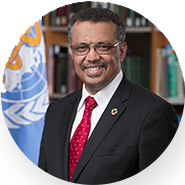
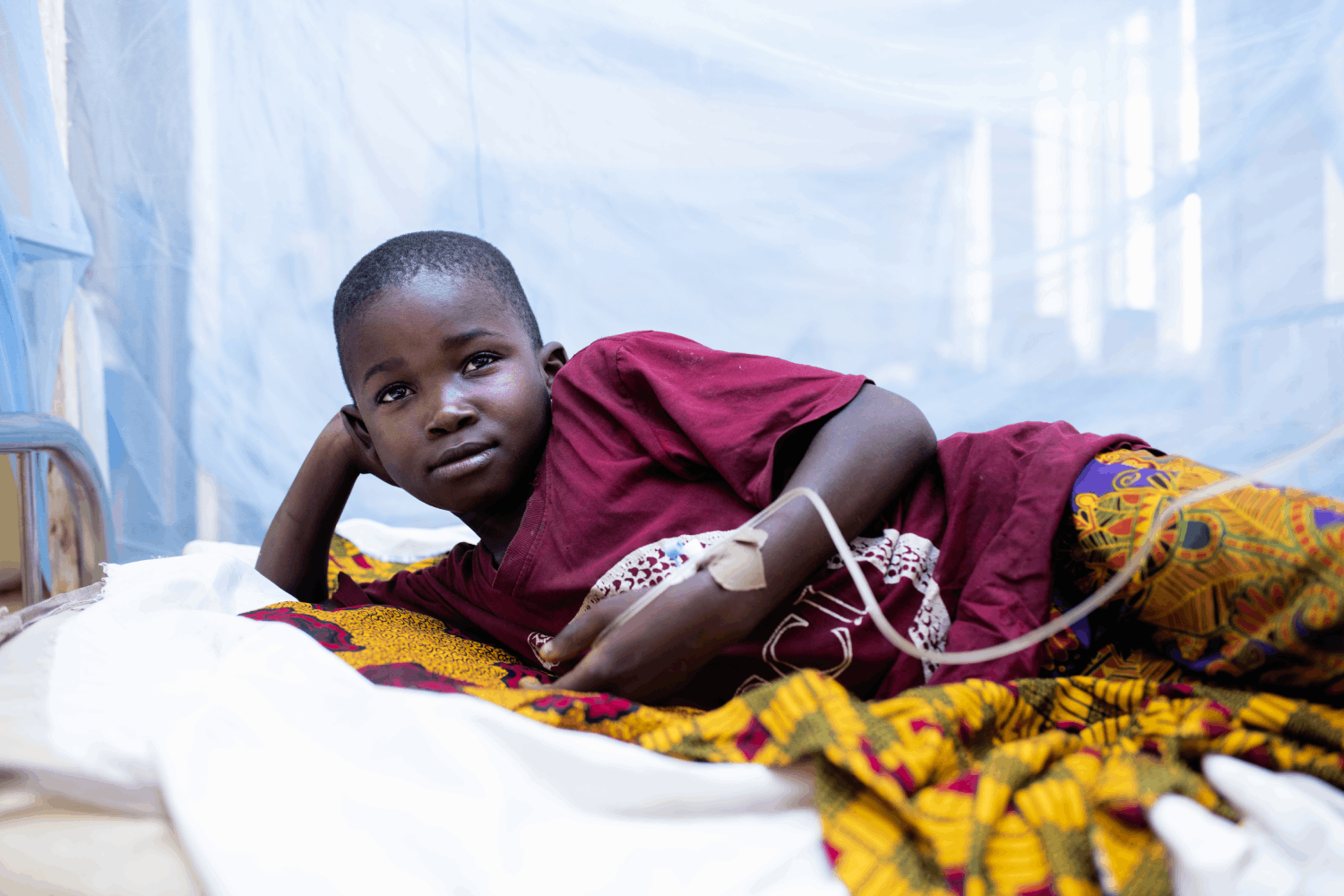
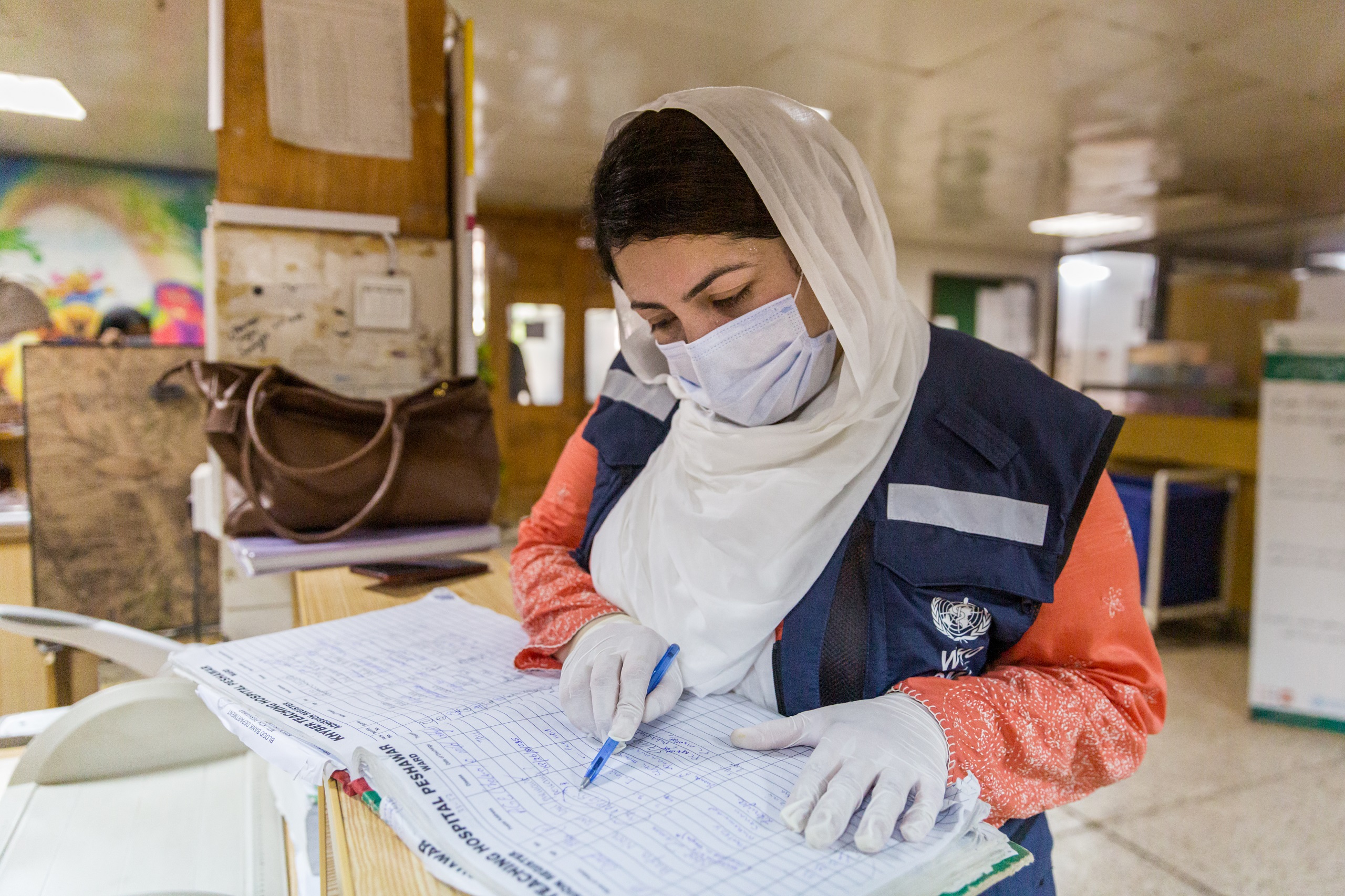

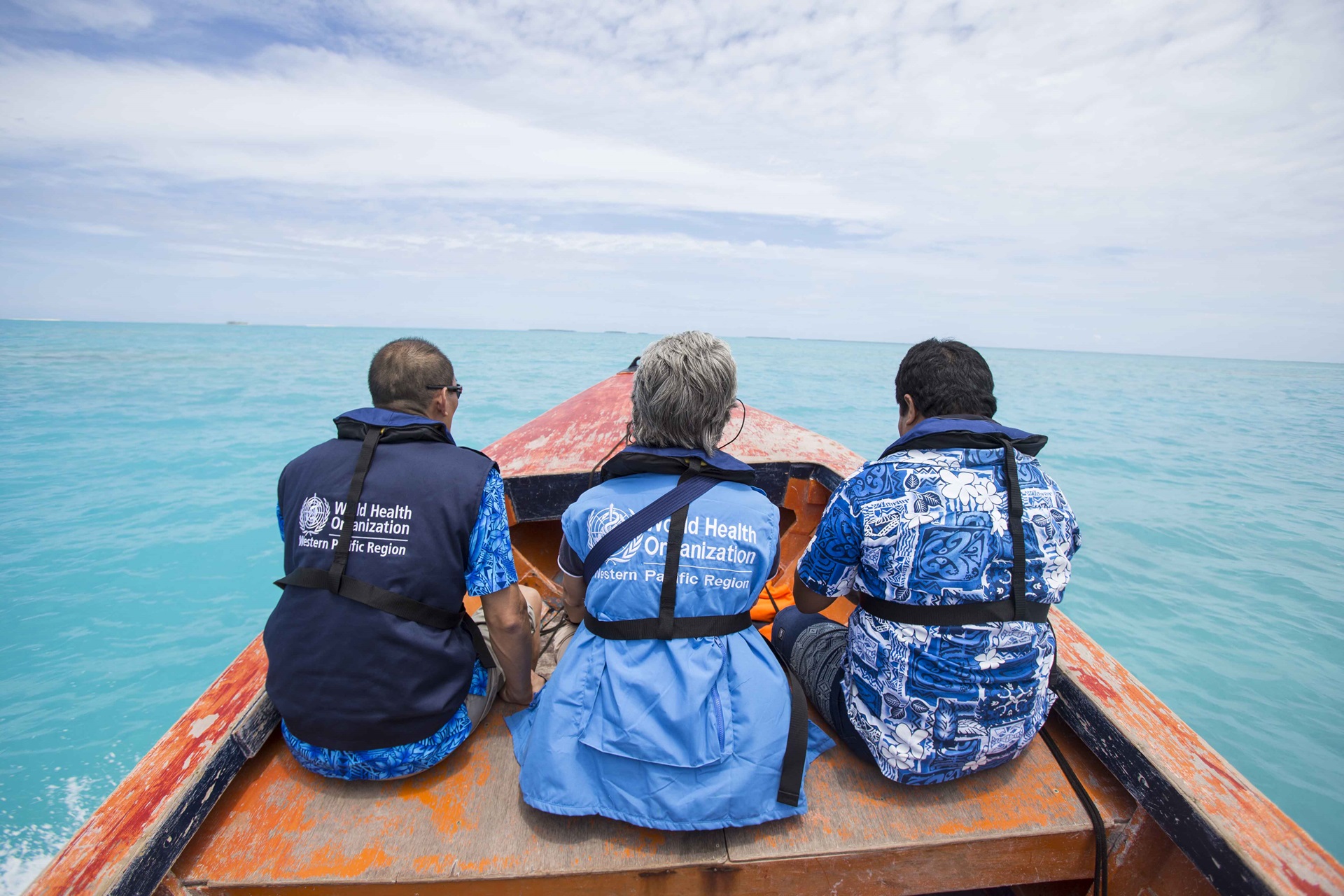
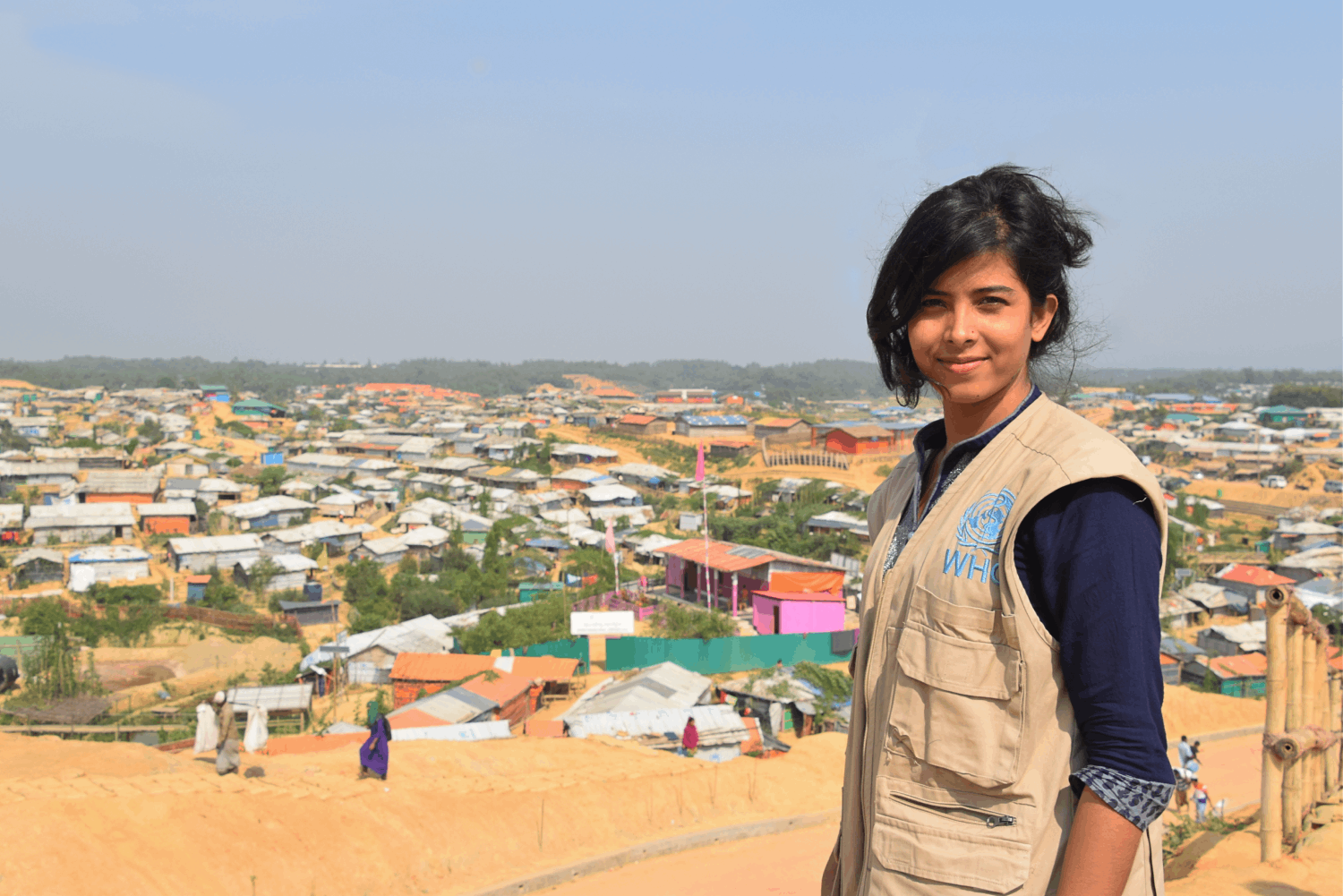
.tmb-1920v.jpg?sfvrsn=99ca5a94_1)
.tmb-1920v.jpg?sfvrsn=5aedd94d_1)

